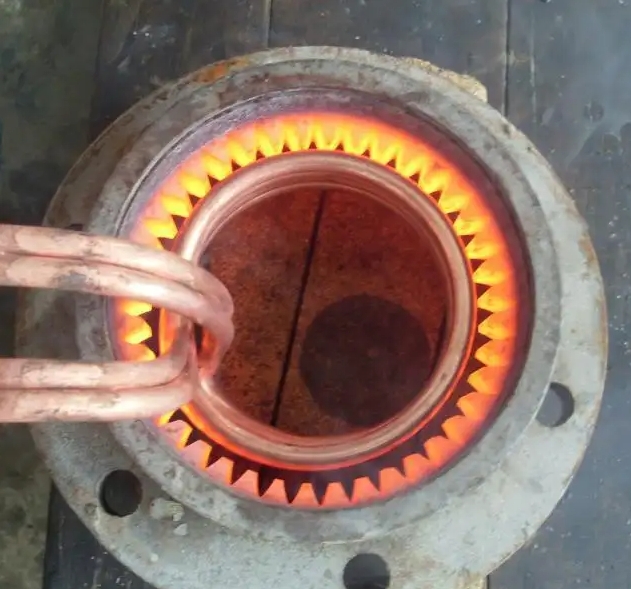- 05
- Jan
Fault analysis and elimination method of high frequency quenching machine tool
Fault analysis and elimination method of high frequency quenching machine tool
(1) Cause analysis of high frequency quenching machine tools
and inductive load circuits. When such a fault occurs, there is a fire between the primary and secondary of the transformer, and in severe cases, water leakage occurs in the primary or secondary. Since the short-circuit points appear in different parts of the primary and secondary, once the main contactor is turned on, the generator working curve may appear in different inductive curve positions, so the response of the instrument is different, but basically G is greatly reduced, /> Cos Xu is perceptual, falling, and both 1GL and 1GJ2 act.
(2) Fault diagnosis of high frequency quenching machine tools
The primary or secondary water supply of the transformer is not smooth or blocked, which causes the winding to heat up, the primary insulation breaks down, and the primary and secondary short circuits are formed.
This kind of fault is easy to find from the scorched winding or the leaking point, and then it can be judged by measuring the electric resistance of the light or the multimeter.
(3) Removal method of high frequency quenching machine tool
①If the primary breakdown, it can be dealt with by the inter-turn short-circuit method.
②If there is a secondary fault, the secondary repair welding leak can be removed, and then painted with red paint. Example 7 The sensor and the workpiece collide. The fault occurs mostly in the mechanical system, especially the rotary heating and quenching mechanism.
Repair the positioning fixture or design a circuit to prevent the sensor from colliding with the workpiece, so that it has the following functions:
①Collision before heating, can not send excitation, and can not make the intermediate frequency generator generate voltage.
②Collision during heating, stop the excitation immediately and cut off the intermediate frequency voltage.

